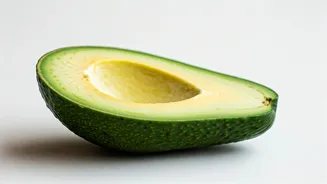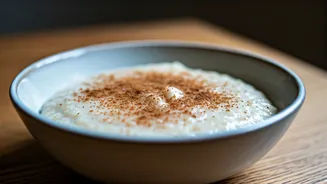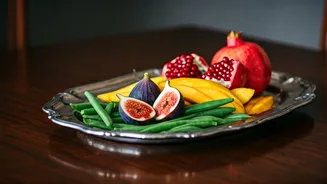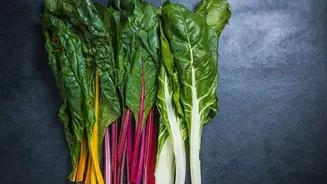Color as a Guide
The color of an avocado provides the first significant clue about its ripeness. The shade varies depending on the variety. For instance, Hass avocados,
the most common type, transition from a vibrant green to a dark green or even a purplish-black as they mature. This color change signals that the fruit is softening. However, color alone isn't always the definitive answer. Some varieties might remain green even when ripe. Therefore, it is essential to combine color assessment with other methods, such as the gentle pressure test and skin texture analysis, for a more accurate evaluation. Focusing solely on color can lead to premature or delayed harvesting, thus affecting the taste and texture of your avocado.
The Pressure Test
The pressure test is a practical method to determine an avocado's ripeness. Gently press the avocado near the stem. If it yields slightly to gentle pressure, it indicates ripeness. If the avocado feels firm and unyielding, it's not ripe yet. On the other hand, if it feels mushy, it is overripe. This technique can indicate the state of flesh underneath the skin. However, avoid pressing too hard, as it can bruise the fruit. For many avocado varieties, a dark green or black color and a slight give when pressed suggest an ideal ripeness, offering a buttery texture and a rich flavor. Proper pressure testing enhances accuracy in selecting perfect avocados.
Stem Inspection
Inspecting the stem is another useful technique to assess ripeness. Carefully remove the small stem cap at the top of the avocado. The color underneath the stem can tell you a lot about the fruit. If the area beneath the stem is green, the avocado is likely at its peak ripeness. A brown color indicates that the avocado is overripe and may have begun to spoil. If the stem is difficult to remove, or if the area underneath feels hard, the avocado is probably not ripe yet. The stem acts as a good indicator of the internal state. This method provides information about the fruit's condition, helping you make a more informed choice before buying.
Skin Texture Analysis
Skin texture also provides valuable insights into an avocado's ripeness. Generally, a smooth skin signifies that the avocado is not yet ripe. As the avocado ripens, the skin texture will become a little more textured, with slight bumps or ridges. This happens as the flesh softens and expands. However, the exact appearance can vary between varieties. For example, the skin of a Hass avocado will go from green to dark green or purplish-black. Also, small wrinkles may appear when the avocado is very ripe. By paying close attention to these skin characteristics, along with color and pressure tests, you can develop a comprehensive understanding of an avocado's readiness to eat.
Avoid Bruises, Dents
Besides looking at color and texture, examine the avocado for any physical damage. Bruises, dents, or cuts on the skin can signal that the fruit has been mishandled or that the flesh inside might be damaged. Such imperfections will lead to areas of discoloration or mushiness. Avoid avocados with such visible signs of damage, as they may not ripen evenly and the taste might be affected. Selecting undamaged avocados increases your chances of finding one with a perfect texture and flavor. Careful handling and storage are important to protect the avocado and maintain its quality.
Storage for Ripening
After buying an avocado, correct storage is crucial. If the avocado is unripe, store it at room temperature to speed up the ripening process. You can place it in a paper bag with a banana or apple; the ethylene gas emitted by these fruits will accelerate ripening. Check the avocado daily for ripeness using the pressure test. Once ripe, store the avocado in the refrigerator to slow down further softening. This will extend its shelf life by a few days. Using these techniques, you can ensure that you have ripe avocados ready when needed. Be cautious about the signs of spoilage; if any part of the avocado is dark or discolored, discard it.












